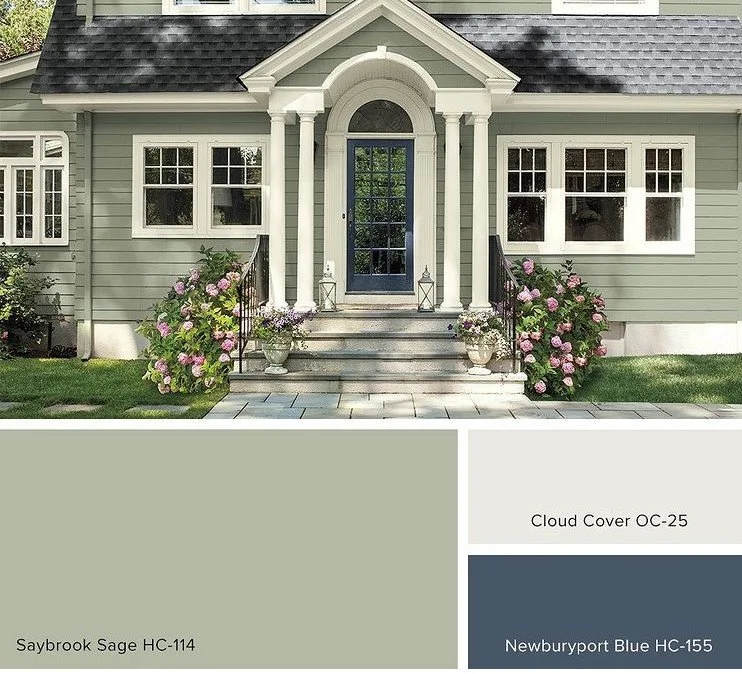3 Steps To Get Your Exterior Painting Project Started
STEP ONE: Figure out precisely what you want to do. Survey your house and examine the following aspects:
Exterior: Check for peeling paint or cracks. These can cause rot due to moisture. If your house does have damage, like rot, you’ll need to repair it before you can start painting. Give your home a once-over for termites or other pests. If you notice that any parts of the exterior sound hollow or look like they’re infested, get an exterminator to check it out.
Windows and doors: Check for air leaks and cracks. You’ll want to seal any gaps with caulk to prevent paint from getting in these areas. Additionally, check for discarded wings near windowsills – these can be a sign of termites.
Wood decks: Check for cracks, chips or peels. Nails can pop out of decks during the winter due to the way cold weather makes wood expand and contract, so hammer down any loose nails. If you notice major structural problems, they’ll need to be repaired.
STEP TWO: How To Choose An Exterior Color Palette
1) Divide your home into 3 sections when selecting paint colors: Siding color, Trim color, Door and/or Shutter color
2) Place the samples at the front of your home, or in an area where you can see all three paint selections working together and observe them during different times of the day.
3) It’s a good idea to paint large samples on the structure before starting to paint and look at them at different times of the day.
4) Be aware that the stone and roof colors will make up the rest of the palette but be sure that there’s a definite contrast between the two colors.
5) If your trim color is going to be white, be sure to avoid any pink or yellow undertones. Choose the most neutral white you can get. The best way to determine the undertones is to compare a few samples to each other, such as using paint chips from the store and place them on a white background under good light, preferably exterior, to see the undertones and eliminate any visible whites with color to it.
6) Use the existing roof and other accent materials like brick or stone to choose the color. These are often the hardest materials to change, so build the colors around that.
Tip: If your roof is brown, select a paint color with a warm tone, such as a soft creamy white. A black or charcoal roof provides the most versatile paint color options and works well with blue, grey, and white.
7) It’s important to find a color that has tone added to the pigments. Tone is adding gray to the pigments, which results in making the intensity of the color duller. This helps the color from being degraded from UV light. You can also, move down the monochromatic scale to a darker version of the color preferred. The color will often look lighter when applied in direct sun.
STEP THREE: Call Cobb Brothers Company, Inc. And Get The Help You Need
Not Sure where to start. Contact Cobb Brothers Company, Inc. 508-655-7920 / info@cobbbrotherco.com to get the answers to all your painting and carpentry questions and obtain the look you are envisioning. Goog Luck!


